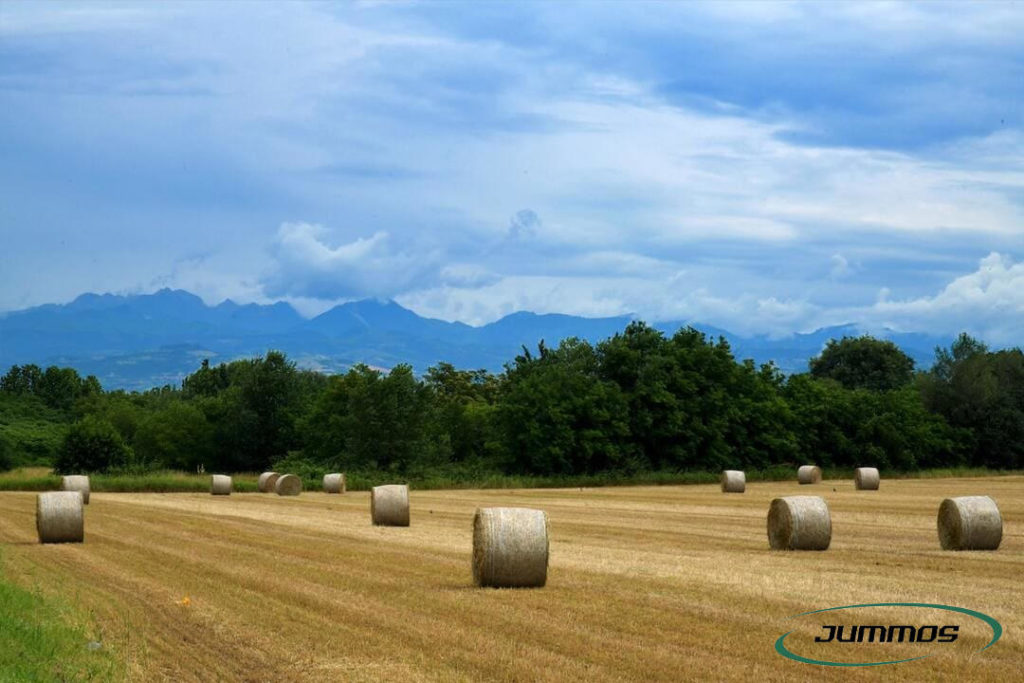You have to apply best practices for bale wrapping all the time. All the forages you collect must be treated with care every time they arrive at your farm. Try not to miss even the slightest groove in the bale wrapping so that this process is successful and you can store the feed for a long time.
Even if the next wrapping bales are carried out in a different season from the previous one, you should still use the same guidelines. Feed quality is highly dependent on the wrapping method and the quality of the plastic wrap used. As long as you are still running this livestock business, during that time you must adhere to the best practices for bale wrapping.
Contents
4 Best Practices for Bale Wrapping Guidelines
Guidelines for carrying out best practices for bale wrapping only consist of the following 4 main efforts:
- Try to wrap the bales within a few hours of baling. If more than that, then you must be prepared to face shrinkage to forage decay.
- Make sure the film is stretched correctly. Overlapping films must also be considered properly.
- Wrap bales close to the tack if possible. This has the purpose of preventing damage and entry of air in transport.
- Try to do pest control and use nets to stop birds and other animals from destroying the bales
The Storage in Open Areas with Bale Wrapping Machine
Best practices for bale wrapping can also be done together with a bale wrapping machine. This machine is widely used by breeders who want outside storage for their silage. With the accuracy of the machine’s work, the reliable quality of the plastic wrapping, and the thickness of the plastic layer, they can safely store their bales outside.
Hydraulic-type handles on the machine can be used to handle the bales, even before they are wrapped. You just need to always follow the bale wrapping procedure for the machine set up to best practices for bale wrapping like in a single bale wrapping machine. You should make sure the center of the bale and the center of the film roll is in a horizontal line.
As many as 6 to 8 layers of film will always be applied. You can calculate the number of turns needed to completely cover the bale once for that number of layers of plastic to be applied. Then you can add one more layer and multiply by 3. Meanwhile, apply 6 layers on the in-line wrap using a 30-inch roll of film which will be adjusted in 4-inch motions. After stretching, the width of the film 24” divided by the 6 layers will equal a distance of 4”. There will be then additional rounds until it achieves the correct application of the film as bales vary in size and shape.
New Wetland from Best Practices for Bale Wrapping
Best practices for bale wrapping are applied with full awareness so that they can wrap forage very well. It can be used in difficult times with the potential to open up new wetlands. The farmers initially did not need to buy feed from other people and their animals could get proper nutrition in any season. Next, if there are excess bales in the barn, they can sell them at the total cost of making bales until they run out.
The profit they get may be small. Only about 5 to 10 percent. However, it turned out that they already had a new wetland to increase their profits in the next month. There is nothing difficult in implementing best practices for bale wrapping. As long as you are diligent and always adhere to the 4 guidelines above, you will be able to get profitable quality bales.

